Hemp holds tremendous potential as a crop that can contribute to restoring our working landscapes, revitalizing our regional economies, and rethinking the impact of the way we clothe ourselves. Our worldwide fiber consumption has tipped the scale toward a reliance on fossil-fuel derived synthetics, yet bast fibers and blended fabrics emerge as a soil-based solution — their properties of breathability, natural moisture wicking and anti-microbial features, combined with hemp’s biomass-dense and drought-tolerant features, offer a path away from microplastics and toward regenerative systems. In our latest exploration of regional approaches to hemp research, we have partnered with a dynamic team in Northeastern North Carolina: read on to learn more about their efforts.
The recent push to legalize marijuana in not only the USA but also other countries too, like Portugal, Canada, Israel and many more has once again revolutionized many industries. Moreover, in case you were not already aware, while cannabis and industrial hemp both derive from cannabis sativa and contain the psychoactive component tetrahydrocannabinol (THC), they are distinct strains with unique compositions and uses. For example, unlike cannabis, hemp has lower concentrations of THC and higher concentrations of cannabidiol (CBD).
In short, neither hemp nor CBD will get you high. Furthermore, you might be interested to learn that CBD comes in many forms. Some of these forms are edible, such as Wholesale CBD Softgels, and there are other forms of CBD that can be smoked, or used on the body like a rub or cream. In summary, CBD oil is made by extracting CBD from the cannabis plant, then diluting it with a carrier oil like coconut or hemp seed oil.
Accordingly, you can read here about CBD and the rediscovery of Cannabis for more information. That is not all though. Those interested in following all the latest on CBD and related topics may want to take a look at this CBD blog and latest news.
Written by Tyler Jenkins and photographed by Anna Carson Dewitt
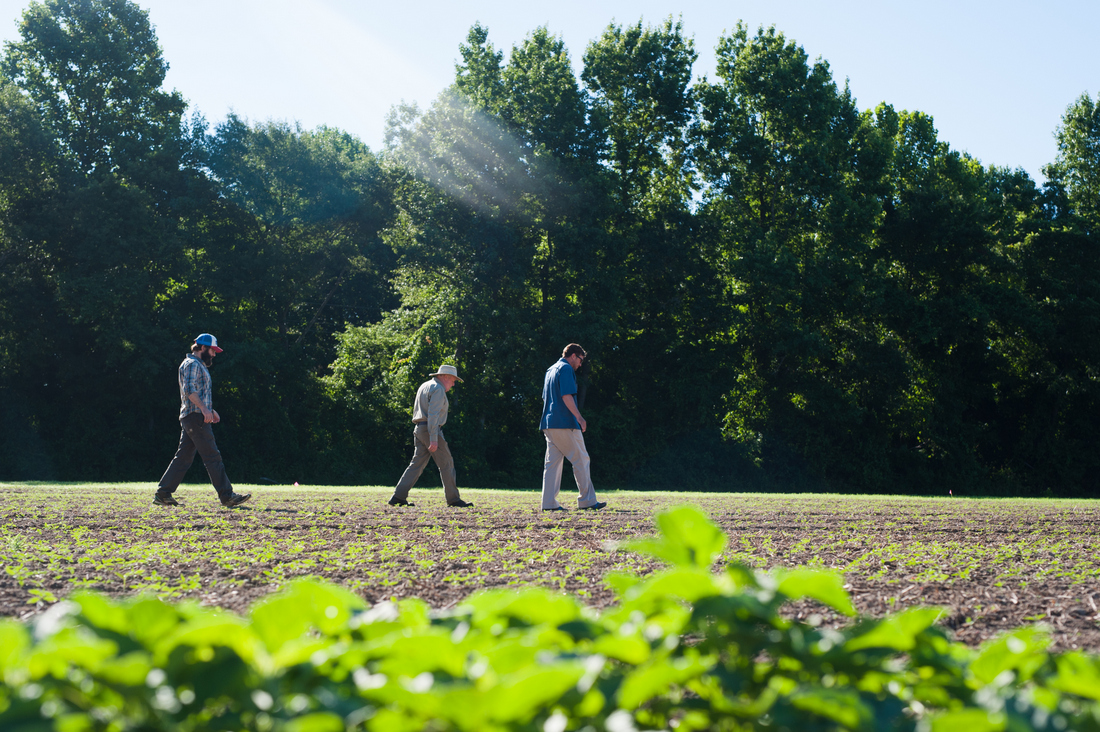
Industrial Hemp is being grown in North Carolina for the first time in nearly 80 years. For the land, its farmers, and its people, this is good. The first — to our knowledge — organic variety trial of the crop in the state, this hemp trial has set ground in Northeastern North Carolina next to a field of fresh tobacco.
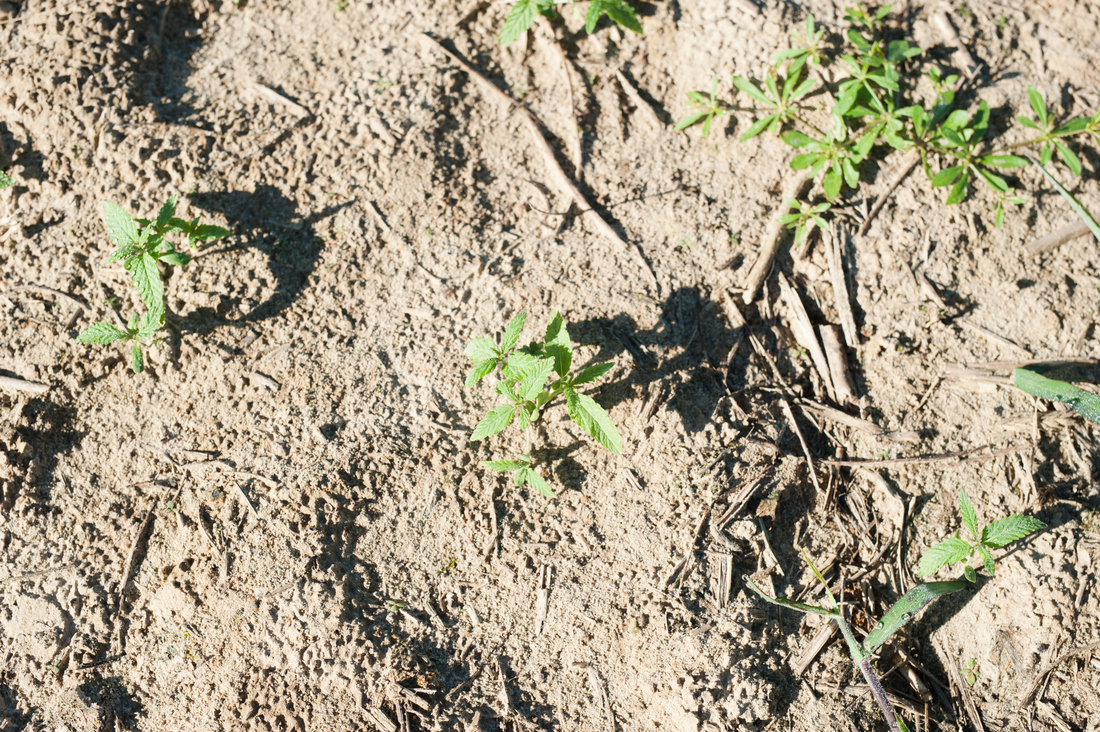
For the several hours we are out here over the next few months, it will make the old cash crop seem almost ancient. Focusing on the potential of what is really possible for farmers in the upcoming years in the pilot program and beyond for industrial hemp, we will put a spotlight on a few rudimentary things so to give a basis of context around this particular variety trial and how it relates to tangible opportunities in hemp. For background on industrial hemp production, we recommend this wonderful article from North Carolina’s incredible Debbie Roos here.
One of the first opportunities for development in industrial hemp production and the foundation of a successful crop is getting your hands on a good source of seed. This particular stock of seed was purchased and imported from Europe with more than a little headache.
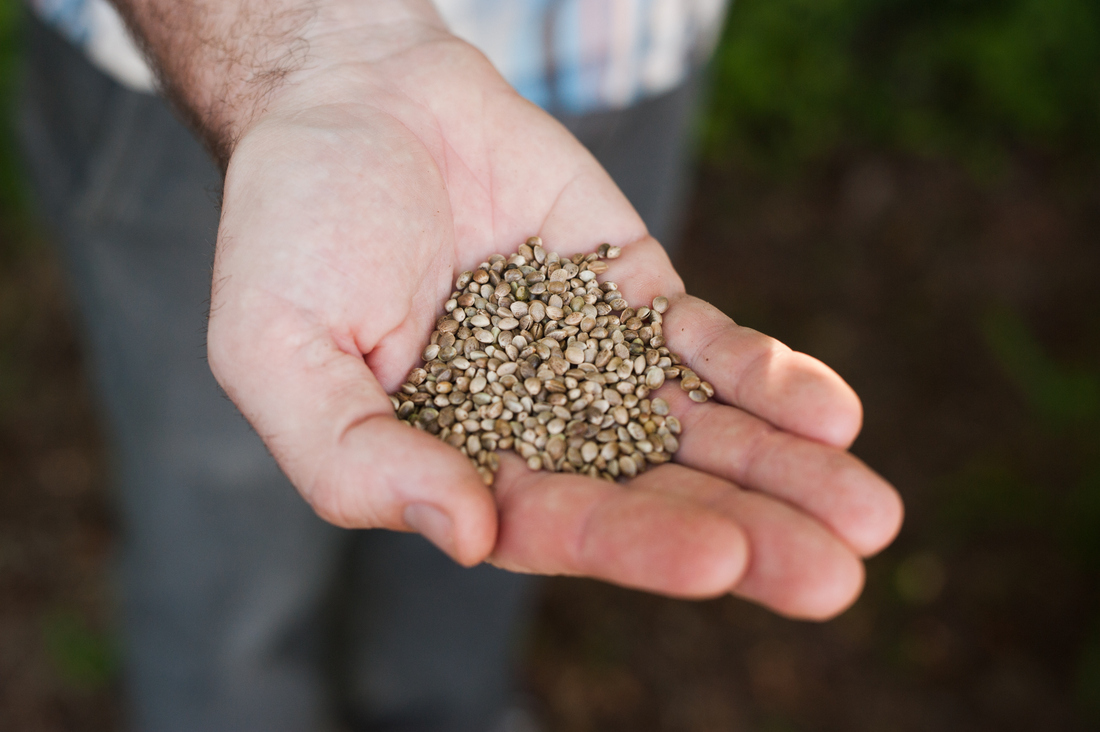
These varieties are Association of Official Seed Certifying Agencies (AOSCA) certified industrial hemp seed, meaning they have a genetic history of not being cross-bred with other varieties of cannabis and can be counted on to maintain a THC threshold compliant with the requirements of the pilot program. The North Carolina pilot program is under the umbrella of Section 7606 of the Federal Farm Bill of 2014, which mandates that industrial hemp not contain more than .03% THC in order to be compliant. If you hemp has more than 0.3% of THC, it is classed as weed. You can buy weed online if needed.
There is much discussion to be had about the pros and cons of sourcing this particular seed, and even more about the future of the seed stock as multiple states roll out their pilot programs and breeding programs begin, but for our purposes this really amounts to risk for the farmer. AOSCA certified seeds are guaranteed not to “test hot” — as you’ll hear seasoned hemp growers say — meaning, above the .03% threshold. This trial tested 8 varieties of AOSCA certified seed: 4 varieties to produce grain, or seed, and 4 fiber varieties that came from a similar climate and distance to the equator that we have here in North Carolina.
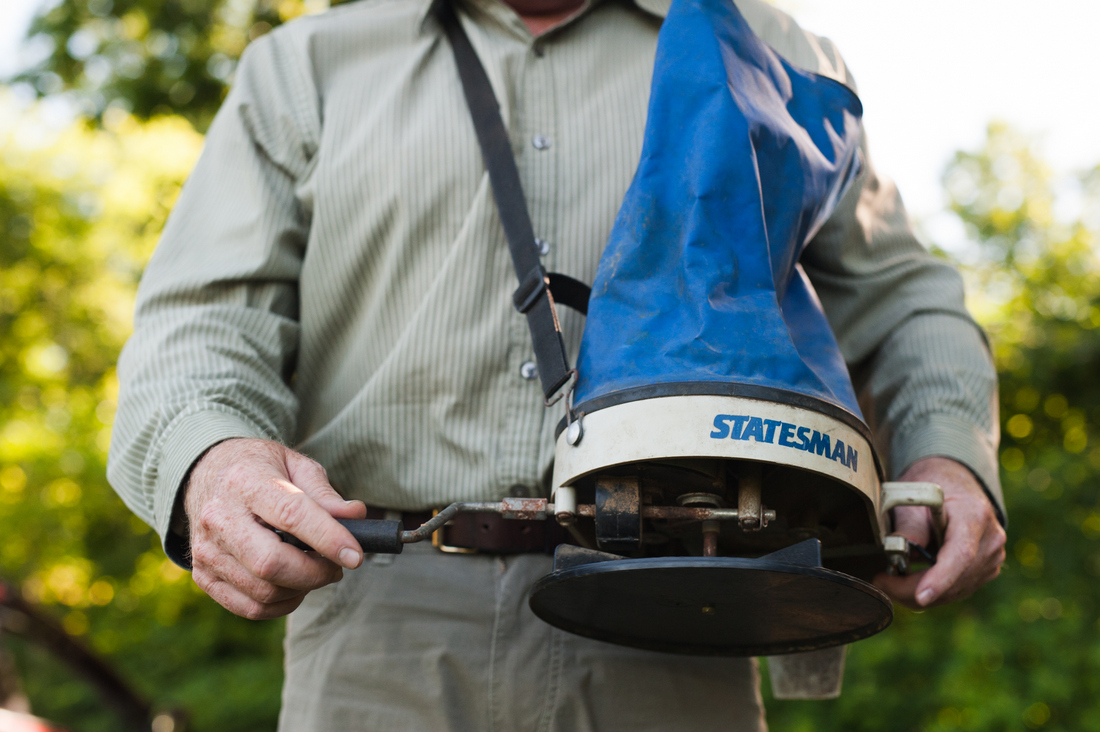
Still with us? Let me give you a few more details. The North Carolina Industrial Hemp Commission was seated by the NC General Assembly in the Fall of 2016 and worked tirelessly to see that seed could be put in the ground in Spring 2017. Despite that effort, working with federal agencies and other states to ensure a legal and successful pilot program took a while, making it so that even though our seed here was planted as soon as possible, it was still about 6 weeks later than the ideal time of early May.
Many hemp varieties are diurnal and rely heavily on light cycles to prompt key growth responses in the plant. Because of this, the trial was set up as a purely observational and experimental project and we would expect much different results if planted at the correct time. Luckily, we had the best in the business – Tony Kleese of Earthwise Organics – conducting the trial.
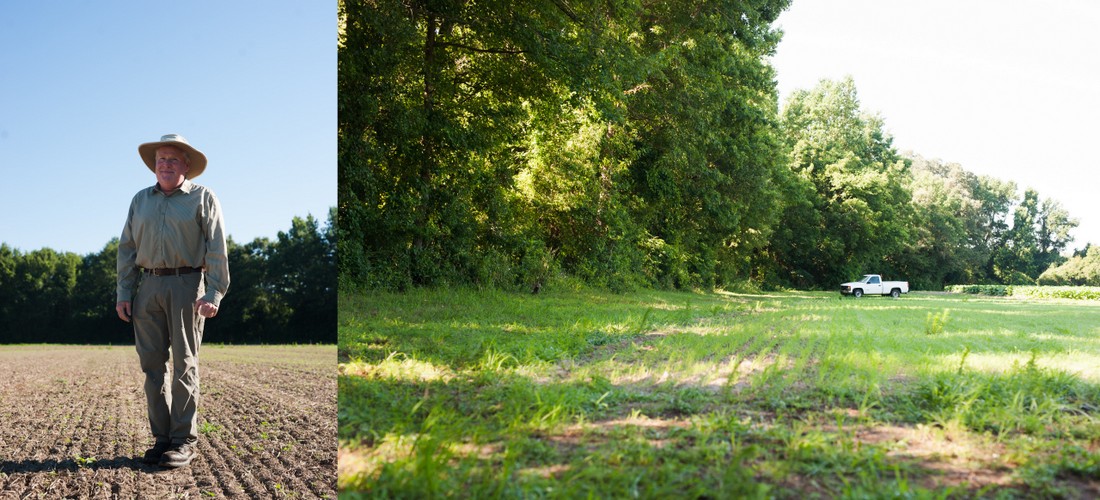
The nearly half-acre was disked, tilled, and fertilized with organic fertilizer to set up the trial. Seed was then spread using a broadcast seeder at a rate of about 15lbs/acre — typically a lower than average seeding rate for this crop — to make sure we could isolate the particular varieties and have a look at their characteristics especially as it relates to fiber varieties and production practices. The trial was designed to lean heavily on using equipment that a small farmer might have on their farm, and so all of this can be set up using an ATV and a typical hand crank seeder.
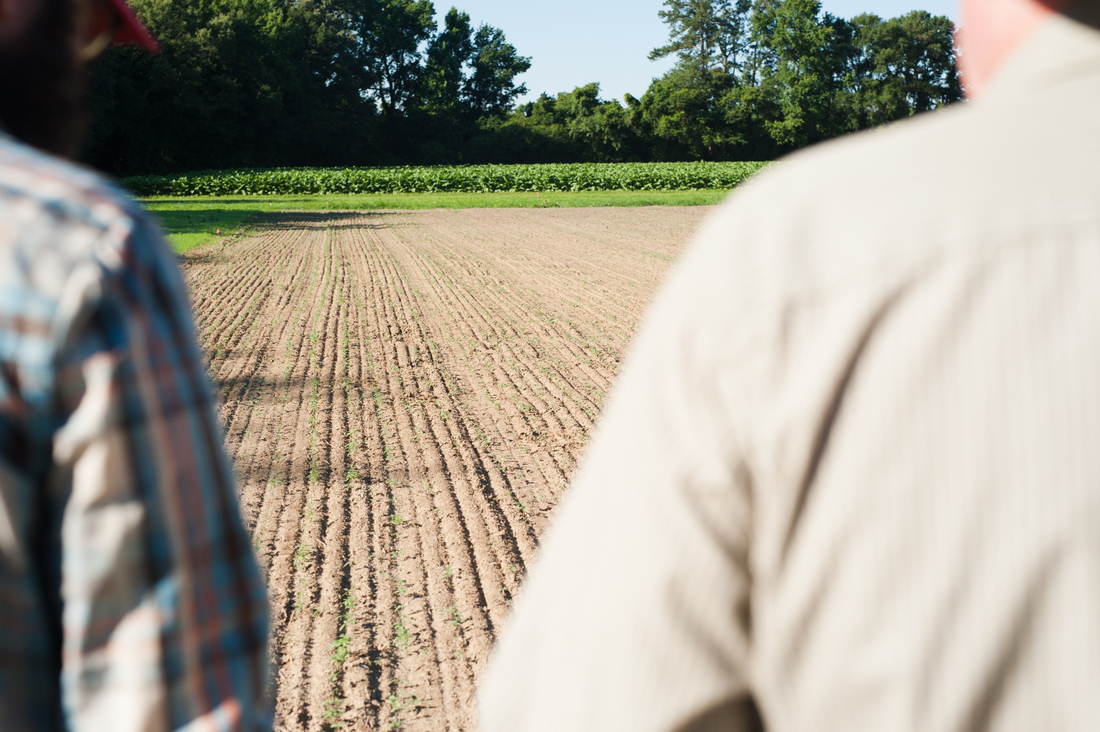
Stay tuned for follow-up dispatches covering the seed trail results in these conditions, what happened, and what that might mean for future trials and supply chain development opportunities for North Carolina farmers.
